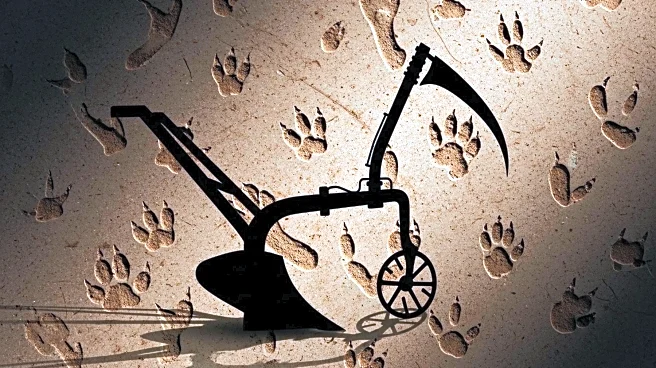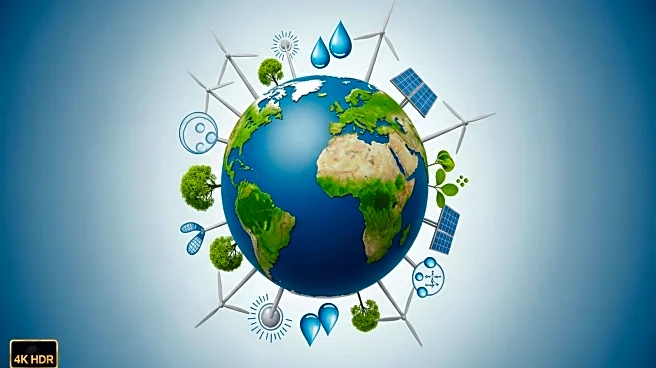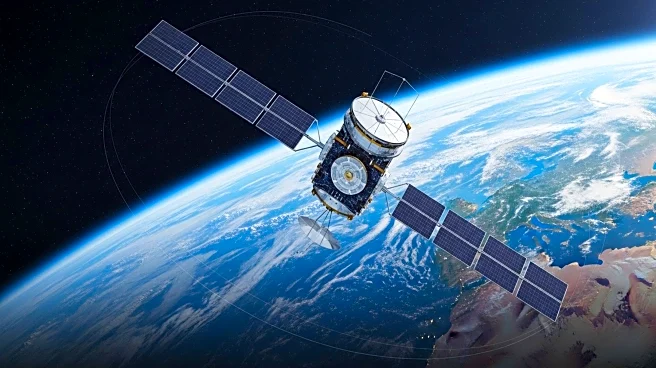What's Happening?
A recent study has revealed how human activities during the Holocene era, particularly farming, have significantly altered mammal communities worldwide. Researchers analyzed over 350 fossil and archaeological mammal species spanning 50,000 years to understand changes in animal communities as humans transitioned from hunting to farming. Before agriculture, mammal communities were primarily shaped by climate and geography, with distinct species sets across continents. However, the introduction of domesticated species such as cattle, sheep, pigs, and horses during the Holocene led to a reorganization of ecosystems, weakening old biogeographic boundaries and creating conservation challenges. The study highlights the impact of domesticated animals on reshaping communities, as they often monopolize plant resources that wild herbivores once used.
Why It's Important?
The findings underscore the profound impact of human activities on global ecosystems, emphasizing the need for conservation strategies that consider historical human influence. The study suggests that modern protected areas may require reintroduction plans or novel management approaches due to the altered composition of mammal communities. Understanding the historical context of human-induced changes can inform current conservation efforts and help address challenges such as habitat loss and species extinction. The research also highlights the importance of considering human land use in setting conservation goals, as many landscapes have been reshaped by past human activities.
What's Next?
The study suggests that conservation efforts should focus on understanding the historical context of human-induced changes to ecosystems. This includes considering reintroduction plans or novel management approaches for regions where the original mammal communities are no longer achievable. Researchers may continue to analyze fossil records to gain insights into the long-term impacts of human activities on biodiversity and ecosystem stability. Additionally, conservationists may use this information to prioritize habitat conservation efforts and develop strategies to mitigate the effects of historical human influence on modern landscapes.
Beyond the Headlines
The study highlights the ethical and cultural dimensions of conservation, as it emphasizes the need to consider historical human influence when setting conservation goals. It also raises questions about the long-term sustainability of ecosystems that have been significantly altered by human activities. The research suggests that understanding the historical context of human-induced changes can inform ethical conservation practices and help address challenges such as habitat loss and species extinction.










